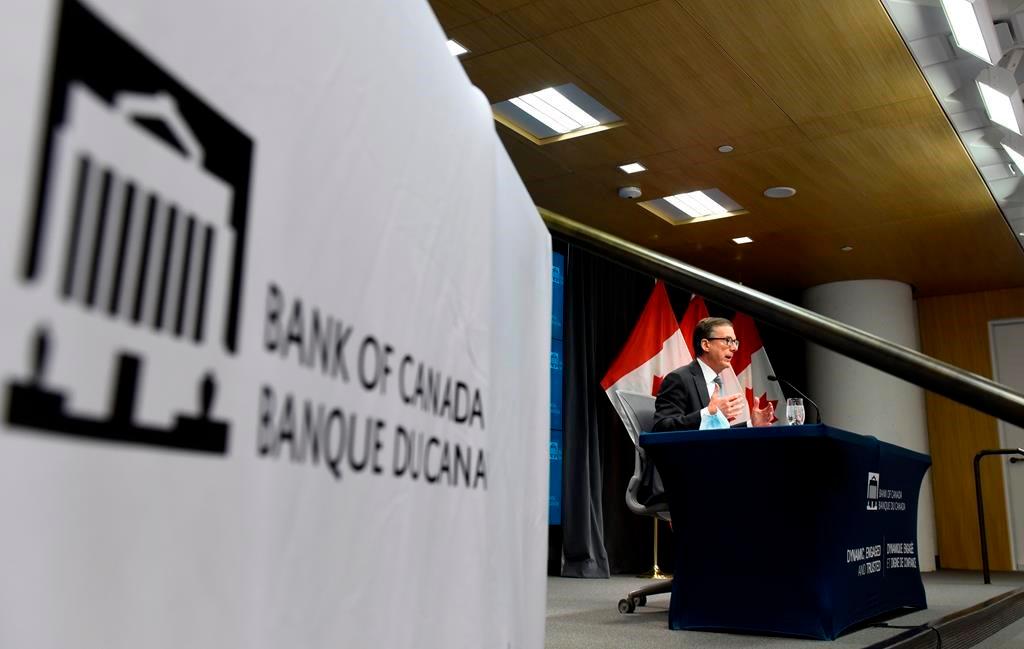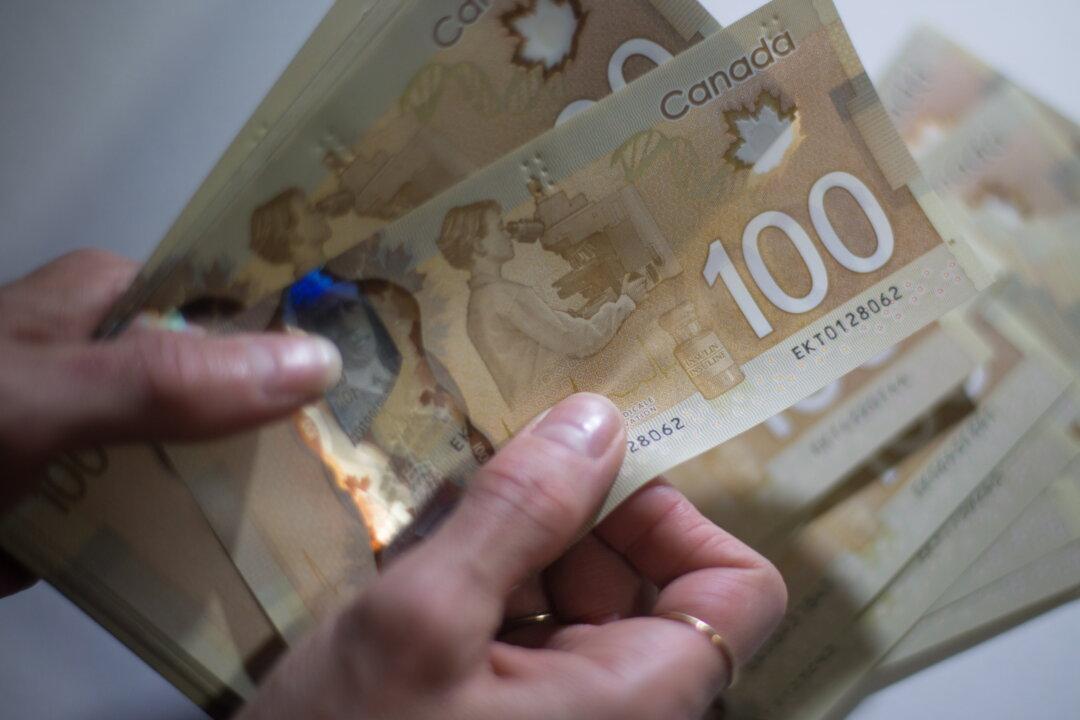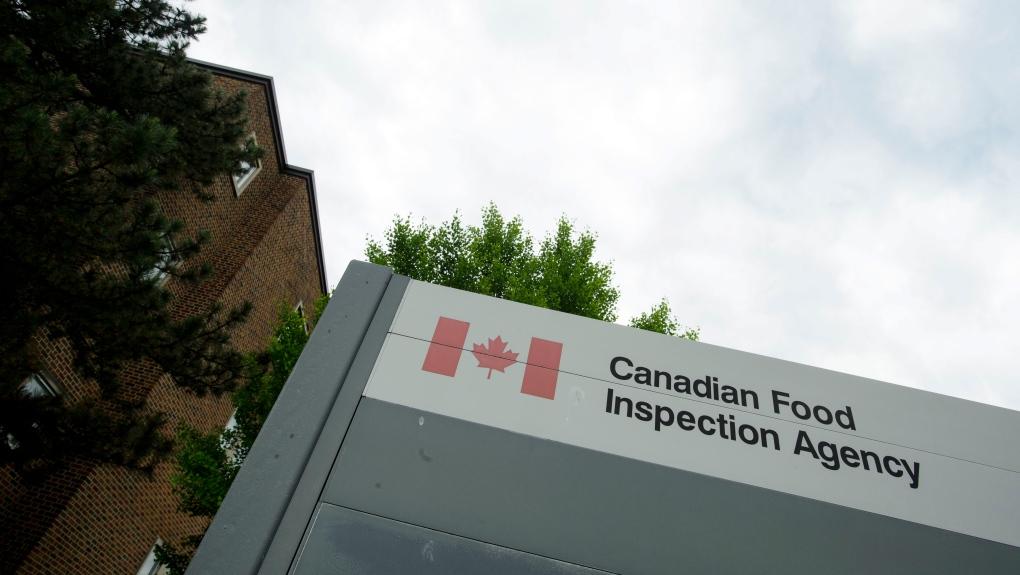OTTAWA—Internal government documents show Finance Department officials believe there could be sweeping implications for the economy if the Bank of Canada ever issued its own cryptocurrency.
The Bank of Canada has spent years looking at whether to introduce a digital currency, but so far hasn’t seen an immediate need to issue one.





